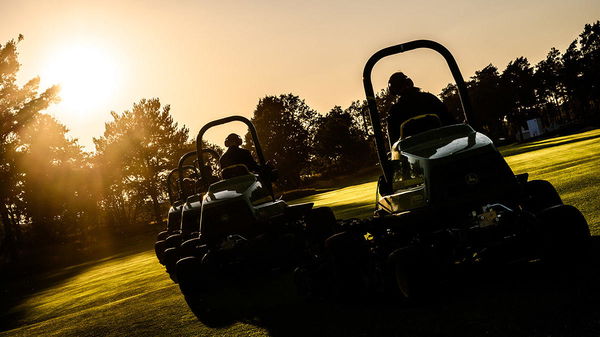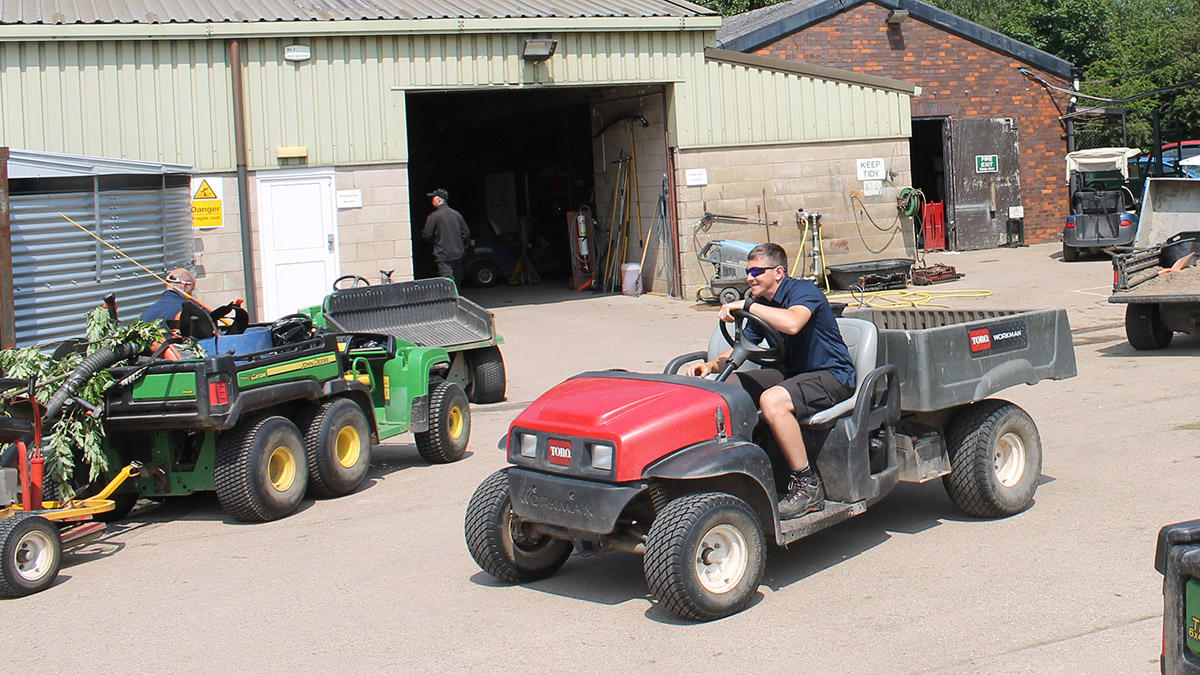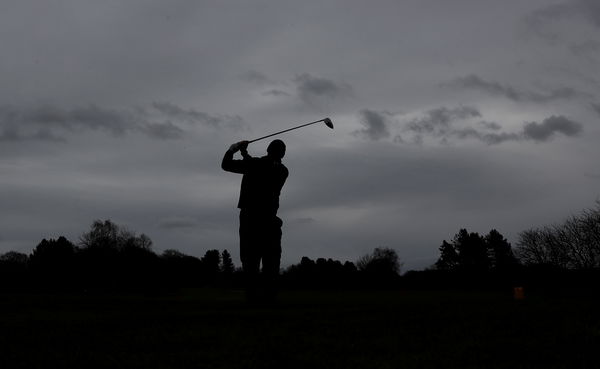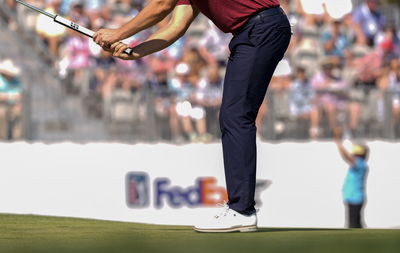How do you prepare your golf course for lockdown?
BIGGA reveals all as golf courses in the UK are forced to close due to the cornavirus pandemic...

How do you prepare your golf course so it doesn't turn into a wilderness if your staff is unable to work due to the UK lockdown because of the coronavirus pandemic? BIGGA reveals all in the following article.
BIGGA's colleagues at the Australian Sports Turf Managers Association (ASTMA) have put together the following guidance, which will ensure there's still a golf course to maintain when you are able to return.

Our members have been doing incredible work already to reduce the risk of the virus spreading via golf courses. Hygiene standards have been improved and working hours adjusted to stagger shift patterns. Hole pins have been turned upside down so golfers come into less contact with the flag and bunker rakes and other furniture have been removed from the golf course.
During this difficult time for golf courses, BIGGA remains able to offer support in all the ways members have become accustomed to and we would encourage you to get in touch with the relevant department if you have any concerns.
Here are the ASTMA's recommendations for managing your turf ahead of the lockdown:
Reducing inputs
While it is difficult to develop a programme to suit each and every scenario, below is a list of points which may assist turf managers to maintain their turf surfaces over the coming months. The principles in the advice below can be applied to all turf surfaces, whether it be a single bowling green, a large golf facility or a council with multiple sports ovals across the municipality. The key points include:
> Monitor fertiliser applications, maintain plant health.
> Where possible, apply plant growth regulators (PGRs) to key surfaces to reduce the need for regular mowing.
> Effective water management planning – irrigation may need to shift towards preventing turf loss.
> Raise mowing heights on all surfaces 20 to 40% to assist in reducing turf stress.
> Solid tine key surfaces to reduce compaction and allow increased infiltration.
> If applicable, treat surfaces with pre-emergent herbicides.
> Large efficient mowers will allow you to effectively manage large turf areas and has the added benefit of reducing fuel costs.

Materials and consumables
Product suppliers will be working hard to keep the industry going during this difficult time. Contacting your suppliers to discuss your upcoming needs will assist them in making sure they have the required stock available when needed.
While it is difficult in some situations to predict what chemicals may be required over the coming months, there are a number of products that would be beneficial to have in stock. The purchase of a broad-spectrum systemic fungicide for key turf surfaces would be prudent as a backup for any potential disease outbreaks. Weed control will also be important and so discussing the options of pre-emergent herbicides with your supplier could reduce the potential of weeds becoming a problem.
Reducing turf stress
Regular mowing at low heights requires additional inputs to maintain healthy turf. The key to reducing maintenance requirements at this time is to reduce the stress and therefore the input needed to maintain a healthy turf surface.
Where possible, aerating with solid tines (so no clean-up is required) will reduce compaction, increase soil aeration and allow rainfall to enter the soil profile more easily. Raising the height of cut will manage requirements for inputs while providing more photosynthetically-active tissue to produce carbohydrates for the plant.

Mowing
Mowing of turf surfaces will be required over the coming months. Developing a plan to assess which surfaces are to be maintained in their current format and those that can be adjusted is a prudent move.
Where practicable, maintain surfaces with similar machines. This may mean temporarily changing the shape of tee surfaces or potentially maintaining the tee and tee surrounds at the one height. If you have the benefit of multiple fairway mowers, one may be adjusted to maintain all tees and tee surrounds.
Reduce the frequency in which surfaces are cut. Slow-growing turf may only require mowing once a week or even once a fortnight. Increasing the height of your greens, for example from 3mm to 4mm, is a 25% increase in height. This will reduce the stress on the turf dramatically. Equally, increasing the height of your sportsfields or fairways by 25% will have the same effect.
Reduction of turf growth
Managing turf growth will reduce the need for mowing frequency. Sand-based profiles may require adequate fertiliser to maintain acceptable turf health.
Turn the water off
Manage irrigation applications to prevent turf loss, which will reduce turf growth and the requirement for regular cutting. This will also have an added benefit of saving electricity costs at large facilities.
Things will get better
While things are uncertain and consistently changing in the current environment, the situation will improve with time. A temporary reduction in the level of maintenance may be required in the short term. When we come out the other side, your turf will be ready for a renovation and spring back to the conditions modern greenkeepers are renowned for.
This information was reproduced with the kind permission of the Australian Sports Turf Managers Association












